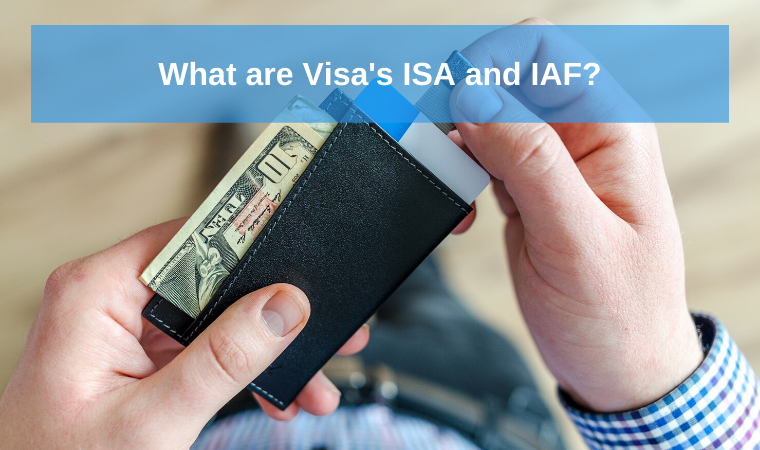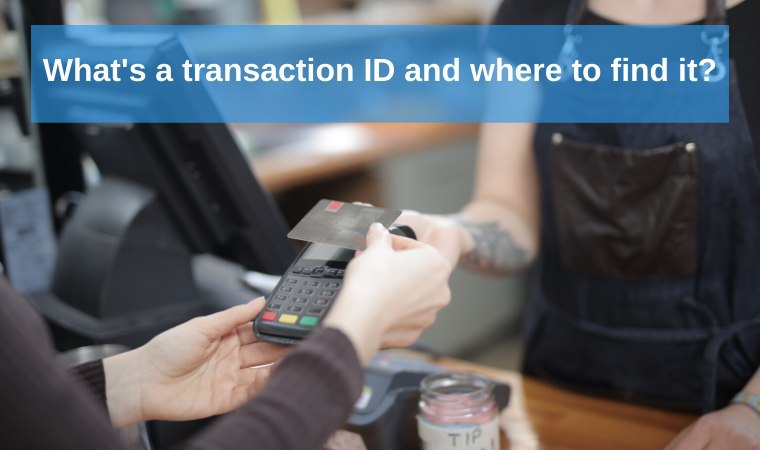Payment Reversal
A payment reversal is a process of the funds’ returning back to the customer’s account. A return is a common thing in the retail ecosystem. Business owners may face it from time to time, nevertheless, the reversal reasons vary.
So, the customer has the right to ask his/her bank or the seller for the reversal. There are 3 main reversal types:
Authorization reversal. As we know, authorization is the first stage of the transaction processing. So, the acquiring bank receives information about customer’s fund sufficiency from the issuing bank. And if there are enough funds, the merchant may request an authorization hold before settlement. Hence, the client cannot reach the funds that are on hold. The merchant, in its turn, may be sure he is getting the payment. If the consumer decides not to buy the product or service, the merchant will simply reverse the hold.
Refund. On the other hand, this reversal type requires the merchant to pay the whole or partial products’ amount to the buyer. As the funds were transferred from one bank account to another, merchants may face additional charges for this operation. To get the refund, clients usually fill in the form and send the product back.
Chargeback. It’s the worst case of the payment reversal for any merchant. Another name of the chargeback is friendly fraud. So, you can get the idea of why merchants try to avoid it. Some customers file for a dispute with their issuing bank, claiming they have never received a good. Often it’s not true. Besides, high chargeback ration declines the company’s credibility in the banks’ and payment processors’ eyes.


